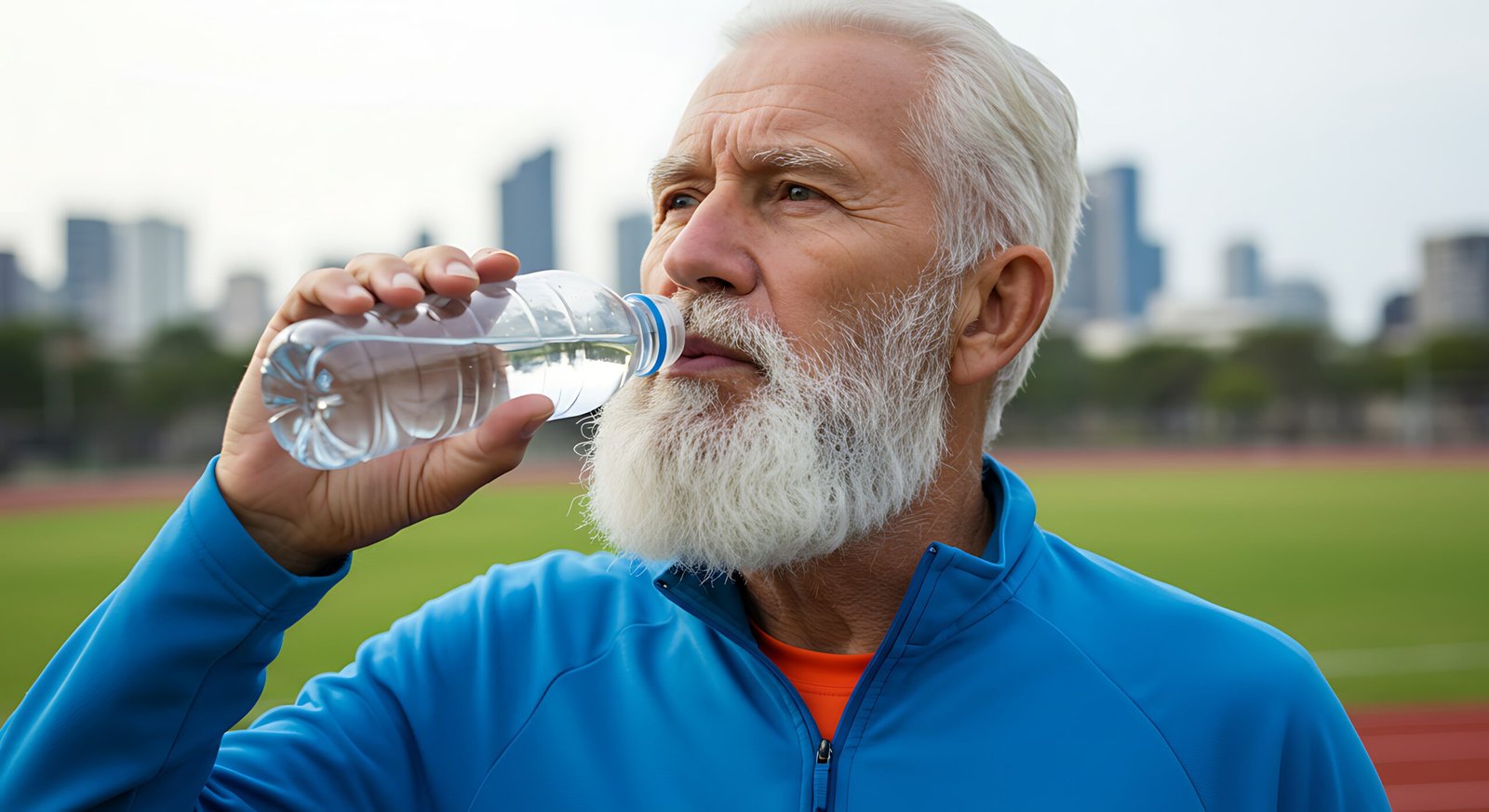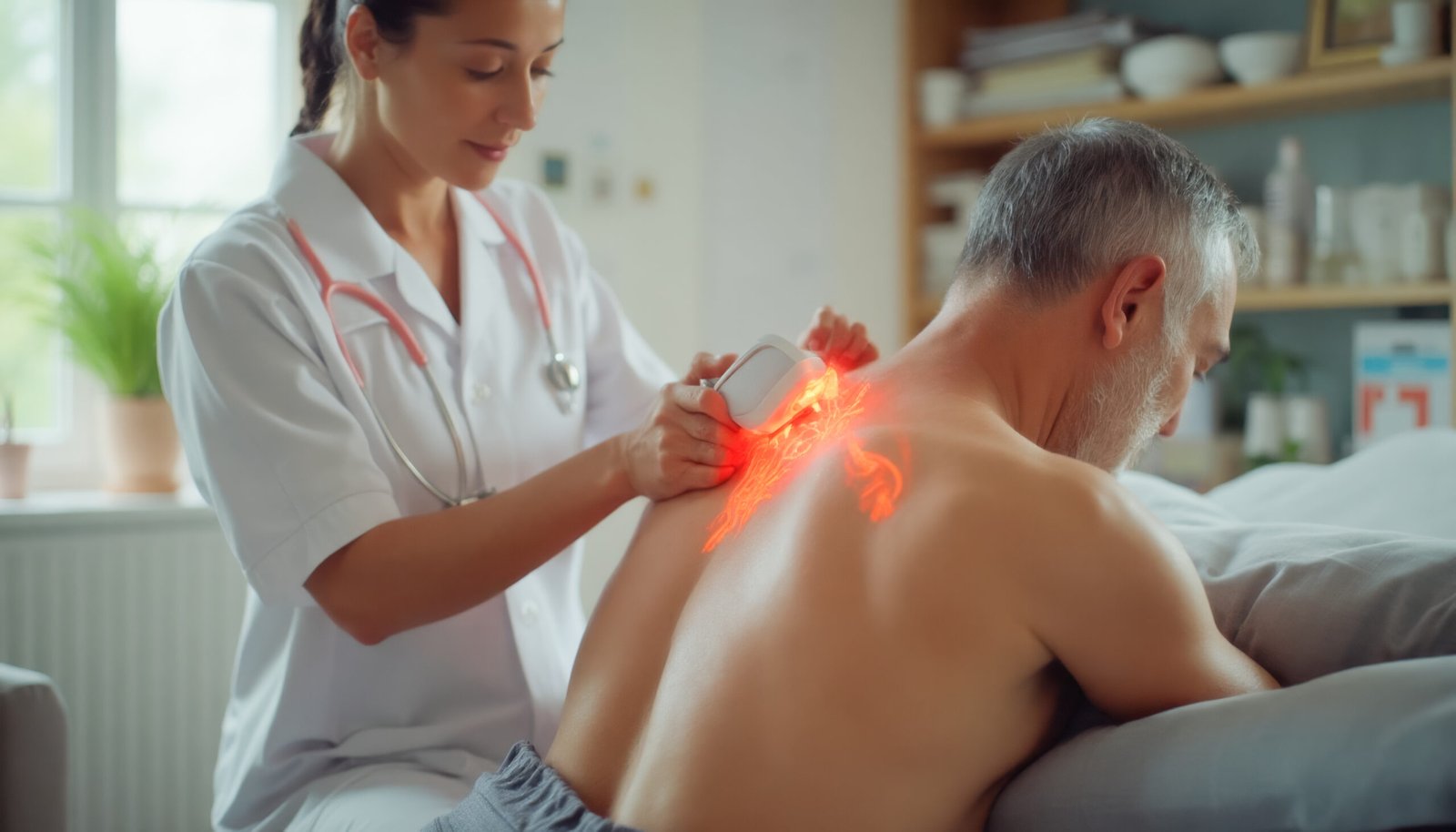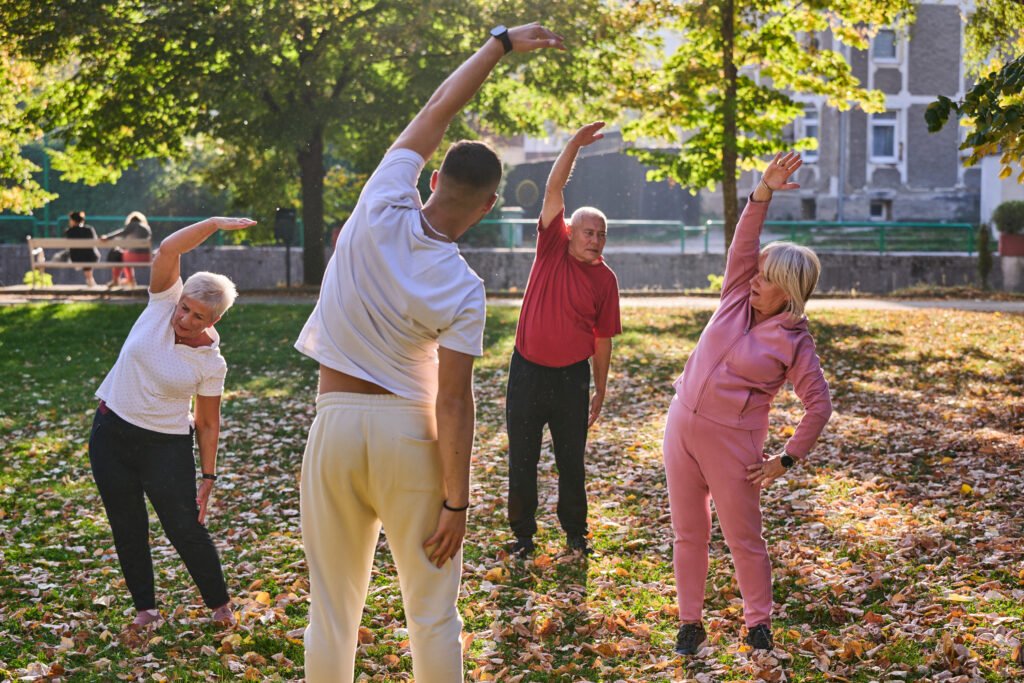Why Circulation Matters as We Age
Healthy circulation is one of the body’s quiet miracles. This post offers tips to improve circulation naturally after 60. Every heartbeat delivers oxygen and nutrients to your organs and muscles, while carrying away waste.
But with age, the system can slow down — blood vessels lose elasticity, small capillaries become less efficient, and inactivity compounds the problem.
Poor circulation can show up as:
-
Cold hands and feet
-
Tingling or numbness
-
Fatigue or brain fog
-
Slow wound healing
-
Muscle cramps or swelling in the legs
The good news? Circulation can often be improved naturally through lifestyle and gentle daily habits that restore vitality from the inside out.
1. Move More (Even a Little)
Movement is the best natural circulation booster there is. You don’t need a gym membership — just consistent, gentle activity.
Try:
-
10-minute morning walks to wake up your system.
-
Chair stretches or foot circles while watching TV.
-
Light strength work (resistance bands or small hand weights).
-
Leg elevation for 10 minutes after long sitting periods.
Even modest increases in activity stimulate nitric oxide production, a compound that relaxes blood vessels and improves flow.
2. Stay Well Hydrated
Blood is about 50 percent water — dehydration thickens it, making the heart work harder. Seniors often drink less due to decreased thirst sensation.
Practical ideas:
-
Keep a refillable water bottle in every main room.
-
Add cucumber, lemon, or mint for flavor.
-
Include hydrating foods like watermelon, cucumber, and soups.
If you’re prone to swelling, alternate between hydration and gentle elevation to encourage lymphatic movement.
3. Nourish Your Blood with the Right Nutrients
Certain vitamins and minerals directly affect vascular tone and blood flow.
Key nutrients for healthy circulation:
-
Magnesium – helps relax vessel walls, improving elasticity.
-
Potassium – balances sodium and supports healthy blood pressure.
-
Vitamin C – strengthens capillaries and boosts collagen in vessel linings.
-
B-vitamins (B6, B12, folate) – reduce homocysteine, a marker linked to poor circulation.
-
Omega-3 fatty acids – support flexible, anti-inflammatory vessels.
Food sources: spinach, citrus, salmon, nuts, avocados, beets, and dark chocolate (in moderation).
You will enjoy my recent post – Better Health for Seniors.
4. Support Oxygen Flow with Deep Breathing
Breathing deeply improves oxygen delivery and venous return.
Try the 4-7-8 method:
-
Inhale through your nose for 4 seconds.
-
Hold for 7 seconds.
-
Exhale slowly through your mouth for 8 seconds.
Do this several times a day — it reduces stress hormones that constrict vessels and helps you feel calmer and clearer.
5. Elevate Your Legs & Move Your Feet
Gravity works against circulation in the legs.
To counter it:
-
Prop your legs on a pillow or ottoman for 15 minutes after meals.
-
Flex and point your toes often.
-
Use a mini-pedal exerciser or under-desk cycle if you sit for long periods.
For those with swelling, compression socks (20–30 mmHg) can provide relief and improve venous return — but check with your doctor if you have peripheral artery disease or diabetes before use.
6. Warmth, Herbs & Natural Circulation Aids
Several herbs and foods promote vasodilation (the widening of blood vessels) naturally:
-
Cayenne pepper – rich in capsaicin, boosts heat and blood flow.
-
Ginger & turmeric – reduce inflammation and support healthy vessel walls.
-
Ginkgo biloba – may enhance micro-circulation in brain and extremities.
-
Beetroot powder or juice – increases nitric oxide production, supporting endurance and oxygenation.
Use these as culinary allies — sprinkle ginger or turmeric into soups, add a daily beet smoothie, or sip ginger tea.
7. Light, Temperature, and Circulation
Most of us don’t understand how important light is to our good health. Natural sunlight stimulates nitric oxide in skin cells and helps regulate body temperature — both of which affect circulation.

-
Morning light exposure boosts alertness and blood flow.
-
Gentle infrared warmth (e.g., red-light therapy lamps) encourages capillary dilation and muscle recovery.
-
Avoid being in cold rooms too long — chronic chill constricts vessels. Keep your environment comfortably warm and move often.
8. Home Comfort Tools That Help
Affiliate-friendly favorites to feature:
-
Compression socks for travel or long sitting.
-
Heated lap blanket or foot warmer for winter months.
-
Leg-elevation wedge pillow to assist venous return.
-
Mini foot massager or vibration pad to encourage circulation.
-
Ergonomic recliner that supports the heart and legs evenly
As an Amazon Associate, I may earn a small commission from qualifying purchases. Thank you for supporting this site.
9. When to Seek Medical Care
Always see a healthcare provider if you notice:
-
Persistent swelling, discoloration, or pain in legs.
-
Numbness, non-healing wounds, or coldness in feet.
-
Shortness of breath, chest pain, or dizziness.
Poor circulation can sometimes signal deeper issues like peripheral artery disease, anemia, or diabetes. Natural support works best alongside professional monitoring.
Final Thoughts
Healthy circulation isn’t just about the heart — it’s about energy, warmth, and vitality.
With consistent gentle movement, hydration, balanced nutrition, and the right environment, it’s possible to improve blood flow at any age.
Think of these small changes as daily investments in longevity: walk a little, stretch often, breathe deeply, nourish your blood, and let the light in. As always, feel free to contact me with any questions or comments.


